Summary of how to lock Windows 11 PC
This article will guide you through the methods of locking a PC system running Windows 11.
Difference between lock, logout and shutdown
First, the first thing you need to understand is that "locking" the PC here is not the use of a physical padlock to protect the computer. Instead, we are talking about using the software lock feature built into Windows.
When you lock your PC, Windows will only show the login screen state. This screen will remain for your Windows session in the background. You can resume what you were doing (before locking) at any time by signing in to your Windows account, PIN, or other supported identity verification methods.
Conversely, 'signing out' may also prevent others from using your PC, but it will also shut down any tasks you're working on on Windows and free up system resources (such as RAM). and CPU time).
Similarly shutting down the system (Shut Down) will also close all tasks and completely power off your PC.
In short, locking the device will be reasonable in case you have an unexpected business and need to take your eyes off the computer, but still want to make sure no one can access and use it without your consent.
Summary of ways to lock Windows 11 PCs
Lock Windows 11 PC with keyboard shortcuts
 Summary of how to lock Windows 11 PC Picture 1
Summary of how to lock Windows 11 PC Picture 1
The fastest and simplest method to lock a Windows 11 PC is to use keyboard shortcuts. You just need to press the Windows + L key combination at any time, Windows will lock and go to the login screen immediately.
Lock Windows 11 PC with Start menu
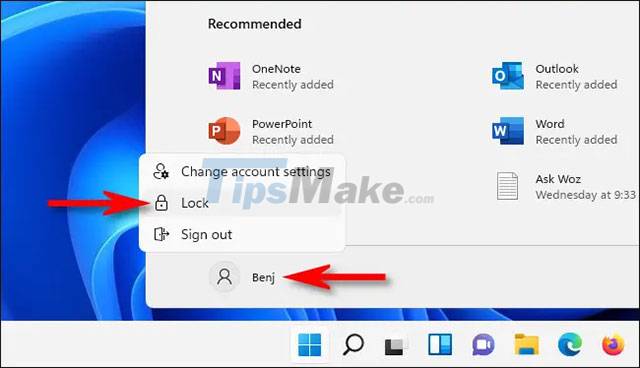 Summary of how to lock Windows 11 PC Picture 2
Summary of how to lock Windows 11 PC Picture 2
You can also lock your PC quickly with the Start menu. First, click the Start button on the taskbar, then select your account name in the lower left corner. In the submenu that appears, click 'Lock'. The PC will immediately be locked, and you will need to log in again to use it.
Lock by screen Ctrl + Alt + Delete
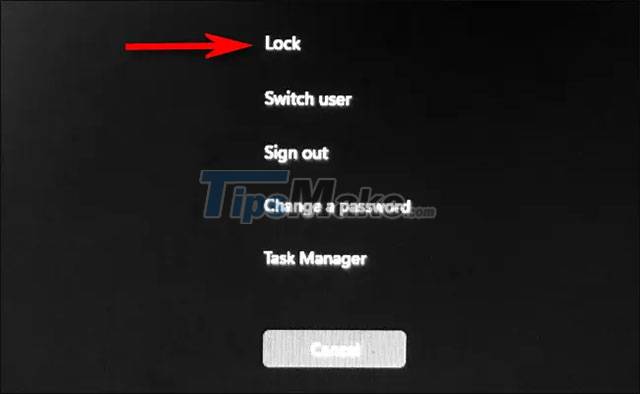 Summary of how to lock Windows 11 PC Picture 3
Summary of how to lock Windows 11 PC Picture 3
Another quick method to lock a Windows 11 PC is to use the Ctrl + Alt + Delete screen. First, press Ctrl + Alt + Delete and you will see a special black screen with options in between. Click 'Lock' and your PC will lock immediately.
Auto Lock with Dynamic Lock
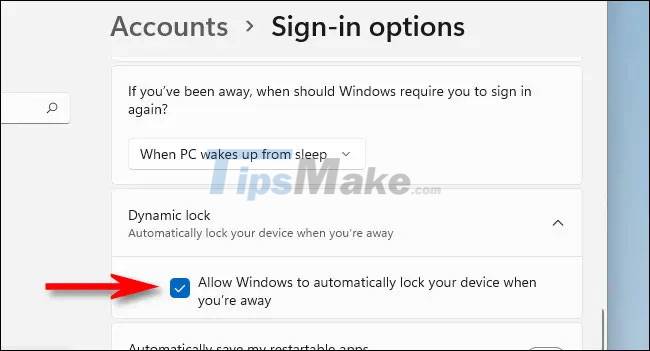 Summary of how to lock Windows 11 PC Picture 4
Summary of how to lock Windows 11 PC Picture 4
You can also automatically lock when you leave your PC with a feature called Dynamic Lock. First, you need to pair your smartphone with your PC as a Bluetooth device. Then, open Settings (press Windows + i) and navigate to Accounts > Sign-in Options. Scroll down to the 'Dynamic Lock' section and check the box next to the 'Allow Windows to automatically lock your device when you're away' option. Then close Settings.
Next time you leave your PC, Windows will detect that you left and automatically lock.
Auto-lock when inactive
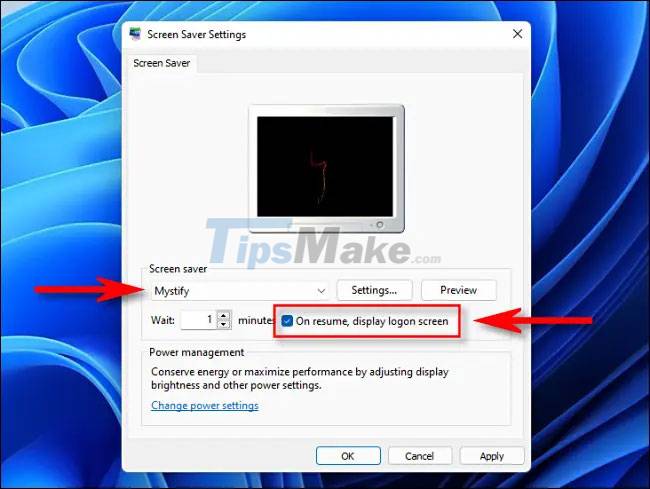 Summary of how to lock Windows 11 PC Picture 5
Summary of how to lock Windows 11 PC Picture 5
If you often have to take your eyes off your PC, you can set it up to have the system automatically lock after a certain amount of time.
To do so, first open the Start menu and search for the keyword 'screen saver'. Click to select 'Turn Screen Saver On or Off' in the corresponding search results returned.
When the 'Screen Saver Settings' window opens, select a screensaver from the drop-down menu, then set the time under 'Wait'. This is the timeline that your PC will automatically lock when not interacting. Finally, put a check mark next to 'On resume, display logon screen' and click 'OK'. The next time the screensaver is activated, your PC will also automatically lock.
You should read it
- Fixed a bug with the Cap Lock key on Windows 10 suspended
- How to make the Scroll Lock key useful on Windows 10 PC
- How to disable Lock Screen lock screen on Windows 8, 10
- How to lock Windows 11 PC via Bluetooth connection with Dynamic Lock feature
- How to enable the auto-lock feature when users leave - Dynamic Lock on Windows 10
- How to disable the Caps Lock key in Windows 10
- How to lock Windows PC after automatic login
- How to delete old photos from Windows 10 lock screen history
- Create a tone when pressing Caps Lock, Num Lock, or Scroll Lock Windows 10
- Remove Network icon on Lock Screen lock screen Windows 10
- Customize and add apps to the lock screen of Windows 10
- Instructions to customize the lock screen on Windows 11
May be interested

Microsoft proves Windows 10 computers are vulnerable to hacking to advertise Windows 11

This small application helps bring the context menu interface of Windows 10 to Windows 11

Steps to turn off VBS security on Windows 11 to not lose performance when playing games

Steps to use BeWidgets to display eye-catching widgets on Windows 11 interface

How to remove Microsoft Teams on Windows 11

Compare the gaming performance of Windows 11 and Windows 10: The difference is not big





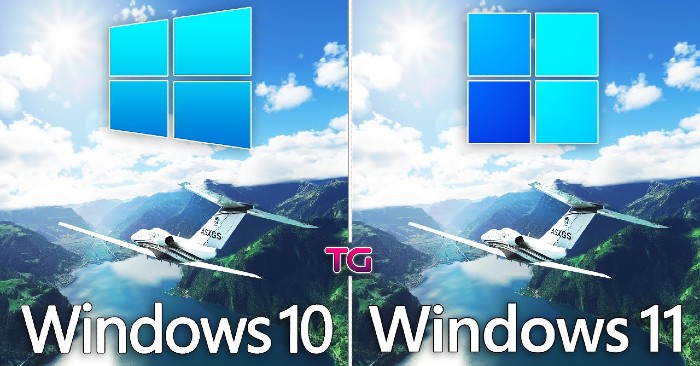
 Fixed a bug with the Cap Lock key on Windows 10 suspended
Fixed a bug with the Cap Lock key on Windows 10 suspended How to make the Scroll Lock key useful on Windows 10 PC
How to make the Scroll Lock key useful on Windows 10 PC How to lock Windows 11 PC via Bluetooth connection with Dynamic Lock feature
How to lock Windows 11 PC via Bluetooth connection with Dynamic Lock feature How to disable Lock Screen lock screen on Windows 8, 10
How to disable Lock Screen lock screen on Windows 8, 10 How to turn off the Windows Defender Summary notification on Windows 10
How to turn off the Windows Defender Summary notification on Windows 10 How to enable the auto-lock feature when users leave - Dynamic Lock on Windows 10
How to enable the auto-lock feature when users leave - Dynamic Lock on Windows 10